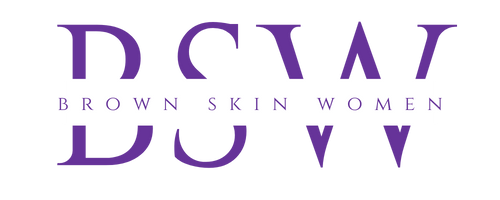Protective styles have been a staple in the Black community for generations. People swear that wearing them will boost your hair growth and solve your natural hair problems. This is misinformation. The term “protective style” when referring to extension styles (styles with added hair) is fairly new. These styles were really meant to protect your time. Protective styles allowed you to maximize your time and limit your daily efforts with hair. They were also more socially acceptable to employers and schools depending on the style. This aspect of protective styles must be addressed and valued. The Black community relied on many tactics to survive in a society that worked against it.
Protective styles only got this name during the recent natural hair resurgence. The styles were rebranded as a way to guarantee long, thick hair. They also appealed to naturals who struggled with learning their natural curls. After being constantly overwhelmed with products, Youtube hair influencers, and different techniques turning to protective styles just makes sense. We’re here to tell you that protective styles often do more harm than good. You need to know how to make these styles work for you and your hair health in order for them to benefit you. We’ve compiled a quick resource here to help you learn the dos and don’ts of protective styles.
You’re Protective Styles Aren’t Protective at All
We have minimalized the pain and discomfort attached to modern Black hair styling. Learn the warning signs that your protective style is causing your hair and scalp harm.
“Protective styles are dope, life-changing even for someone with a hectic lifestyle and little time to dedicate to their hair…But there is one instance where these styles can do more harm than good. And it challenges the age-old belief that suggests beauty is pain. It is not. Let’s talk about painful protective styles.“
Are You Wearing a Protective Style or Neglectful Style?
The styles you choose can affect your hair hygiene habits. Which styles are neglectful and how can you make protective styles work WITH your hair instead of against it?
“The natural hair care community often emphasizes protecting your curls. In theory, protective hairstyles should foster the perfect environment for happy natural hair. But there’s a thin line dividing protective and neglectful hairstyles. Wearing a protective style can positively impact your day-to-day routine.”
How to Vet a Natural Hair Stylist
Choosing the right stylist is incredibly important. Your stylist is like your partner. You two are a team working toward your personal hair goals. Your stylist needs to install your protective style correctly and with care.
“Contrary to popular belief, natural hair still needs professional hands occasionally. It would be best if you had a professional for routine trims, hair coloring, and thermal straightening. Going to trained stylists will minimize the damage done to your hair and ensure the healthiest, happiest hair possible.”
What is the Protective Style Scale?
Do you know where you fall on the protective style scale? This scale helps you determine your current level of hair maintenance. This helpful tool will give you an understanding of how much you prioritize hair health.
“The Protective Style Scale is meant to help you understand how your current level of maintenance affects your hair health. No matter where you fall on the scale, we’ll provide you with ways to take the best possible care of your hair.”
Protecting Your Hair Matters
It’s okay to wear protective styles. Just do so mindfully and understand the potential risks that come with them. So we recommend you follow a hair care regimen that emphasizes hair health regardless of your current style. Most of the hair problems naturals face can be solved with routine maintenance using quality products.

